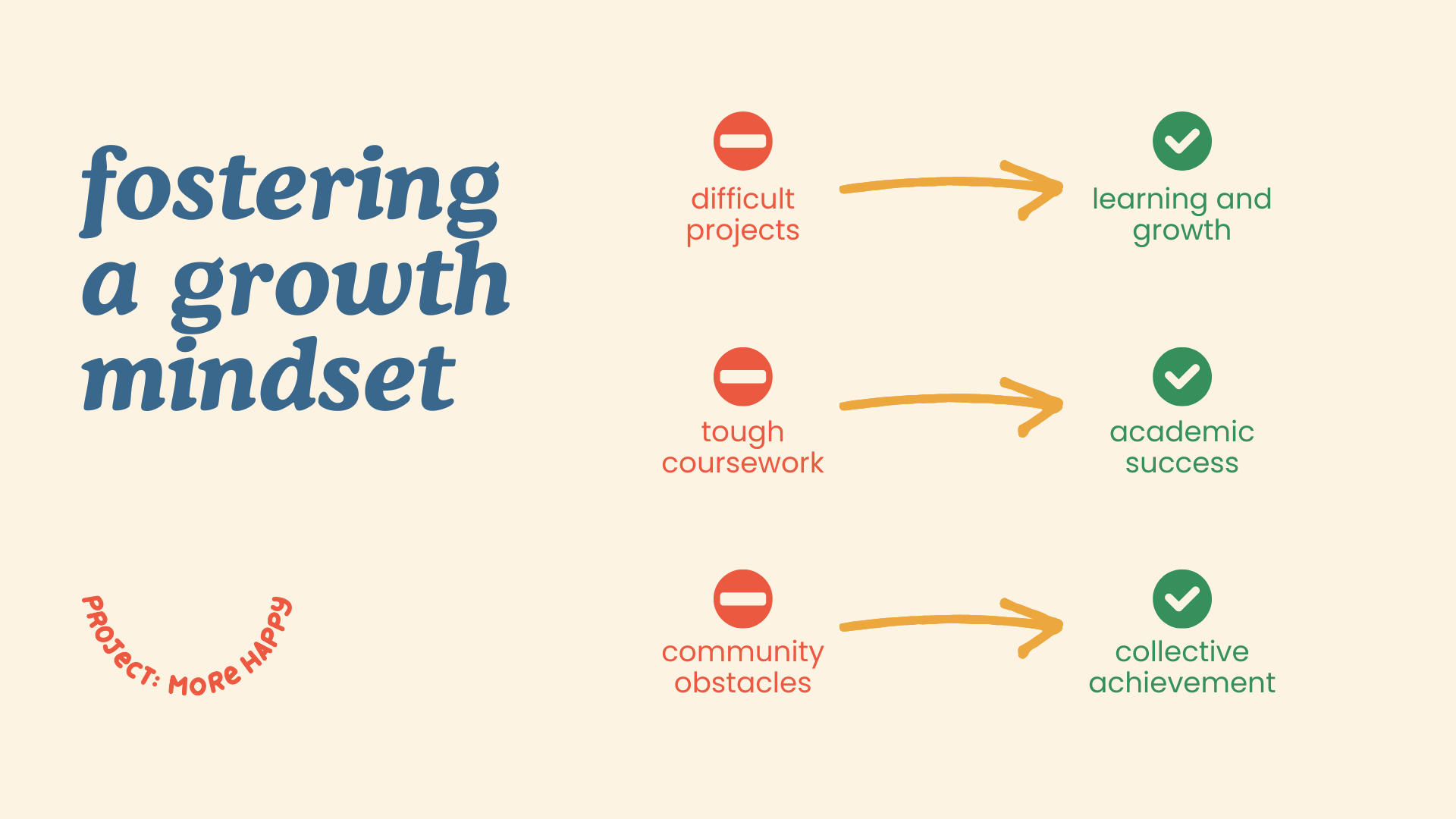Fostering a Positive Vision for the Future
Do people believe they are headed in a positive direction?
Optimism is one of The Eight Pillars of Happiness, and it’s the fuel that drives hope, resilience and forward momentum. At its core, optimism is about believing that the future holds promise and that, with effort, we can navigate challenges and reach our goals. When people feel optimistic about where they’re headed, they’re more engaged, motivated and likely to persevere, even in the face of obstacles.
Why does this matter?
Research consistently shows that optimism a critical factor in well-being and success. Optimistic individuals are more likely to set and achieve goals, bounce back from setbacks and experience better physical and mental health.
A study in The Journal of Positive Psychology found that individuals with a strong sense of optimism are 30% more likely to engage in healthy behaviors and have stronger immune systems (Carver et al., 2010).
In the workplace, schools and communities, fostering optimism can lead to higher levels of satisfaction, productivity and overall flourishing.
Research shows that optimism leads to increased engagement, greater resilience and higher achievement at work, in the classroom and in the community.
The Power of Optimism at Work
Optimism in the workplace is closely tied to employee engagement and productivity.
Do employees believe they’re moving in a positive direction?
When employees believe that their efforts are contributing to a positive future—both for themselves and the organization—they’re more likely to stay committed, take initiative and work collaboratively.
Research published in Harvard Business Review highlights that teams with an optimistic outlook are 50% more likely to achieve their goals and report higher job satisfaction (Seligman & Csikszentmihalyi, 2000). Optimism also fosters a culture of innovation, where employees feel empowered to explore new ideas and solutions.
The Power of Optimism in the Classroom
In educational settings, optimism is a key predictor of student success. Students who believe in their potential and feel optimistic about their academic journey are more engaged, perform better and are more resilient in the face of challenges.
Do students believe they’re on a path to success?
A study in Educational Psychology found that students with high levels of optimism were 40% more likely to persist through difficult coursework and achieve academic success (Peterson & Barrett, 1987). Teachers who cultivate an optimistic classroom environment help students develop a growth mindset, where they view challenges as opportunities to learn and grow.
Optimism in the classroom increases engagement, performance and emotional resilience.
The Power of Optimism in Community Building
Communities that foster a sense of optimism are stronger, more cohesive and better equipped to face challenges together.
Do community members believe they’re building a better future?
When community members believe that their efforts are contributing to a positive future, they’re more likely to engage in civic activities, support local initiatives and work towards common goals.
Research in The American Journal of Community Psychology shows that communities with a shared sense of optimism report higher levels of life satisfaction, lower crime rates and more robust social networks (Hobfoll, 1998). Optimism creates a sense of collective efficacy, where people believe they can make a difference and shape a brighter future together.
Creating a Culture of Optimism
To build environments that foster optimism and a positive outlook on the future, leaders across workplaces, schools, and communities can take practical steps. Here are a few strategies to consider.
Set clear, achievable goals. People feel more optimistic when they see a clear path forward. Break down large objectives into smaller, manageable steps, and celebrate progress along the way.
Communicate positivity and possibility. Regularly share positive stories, achievements, and the potential for future success. Highlight how past successes pave the way for future opportunities.
Encourage a growth mindset. Help people see challenges as opportunities for growth rather than obstacles. Emphasize the importance of effort, learning and resilience in achieving long-term success.
Optimism isn’t just about looking on the bright side—it’s about believing in the possibility of a positive future and taking the steps to make it a reality.
Looking at challenges with optimism leads to more successful outcomes.
By fostering a culture of optimism in our workplaces, schools and communities, we empower people to engage fully, persevere through challenges and contribute to a brighter, more hopeful future. Commit to building environments where optimism thrives and where every person feels confident that they are headed in a positive direction.



